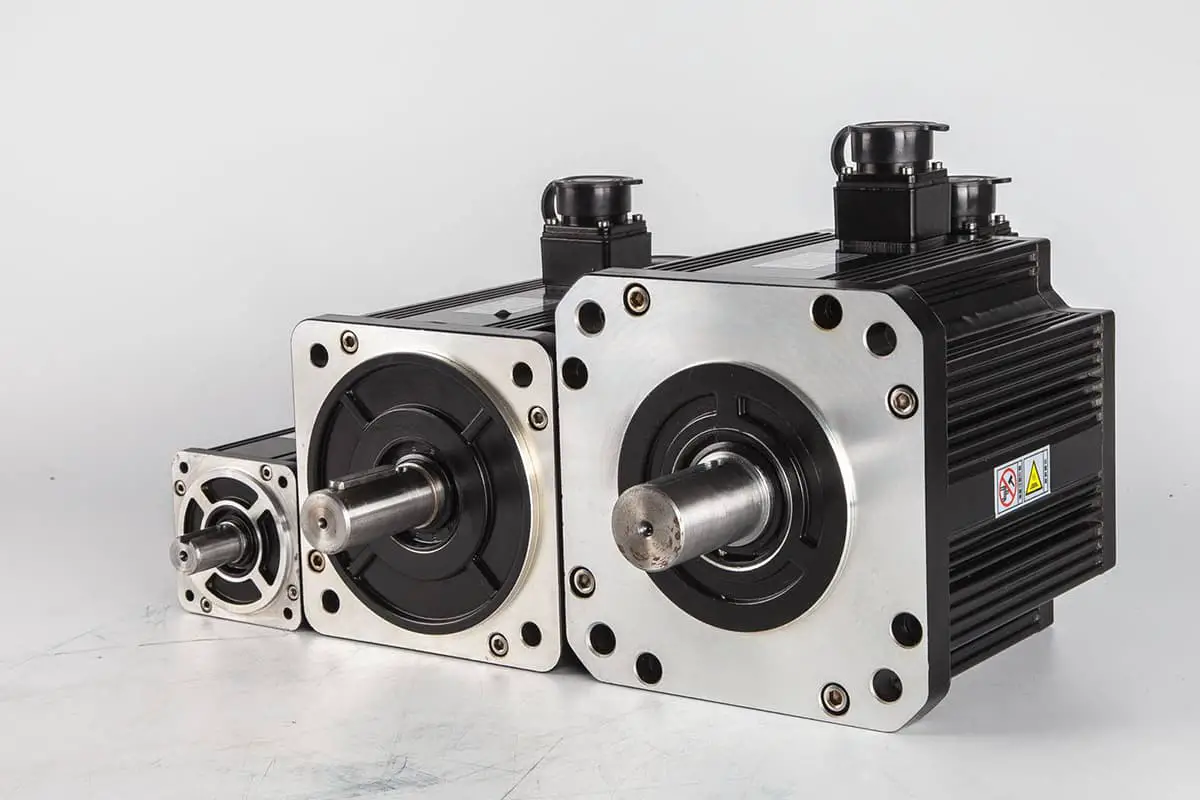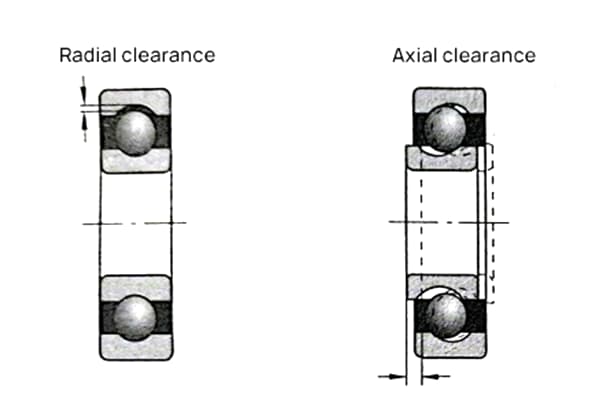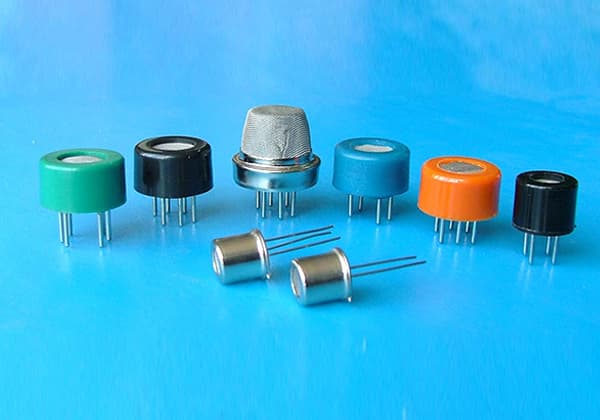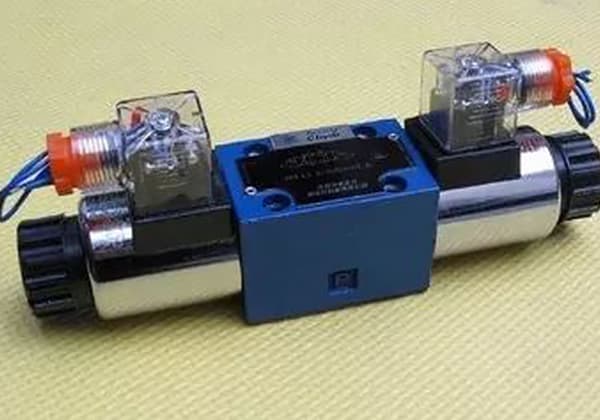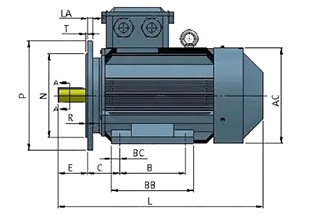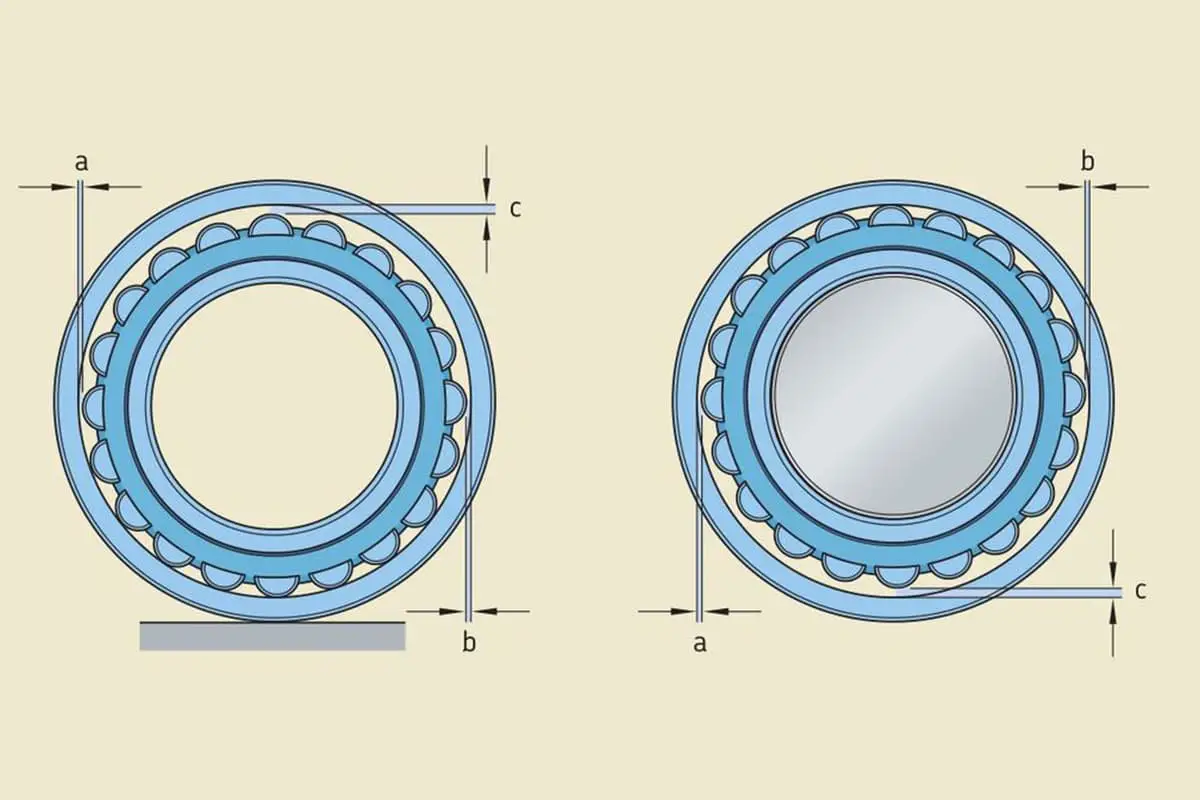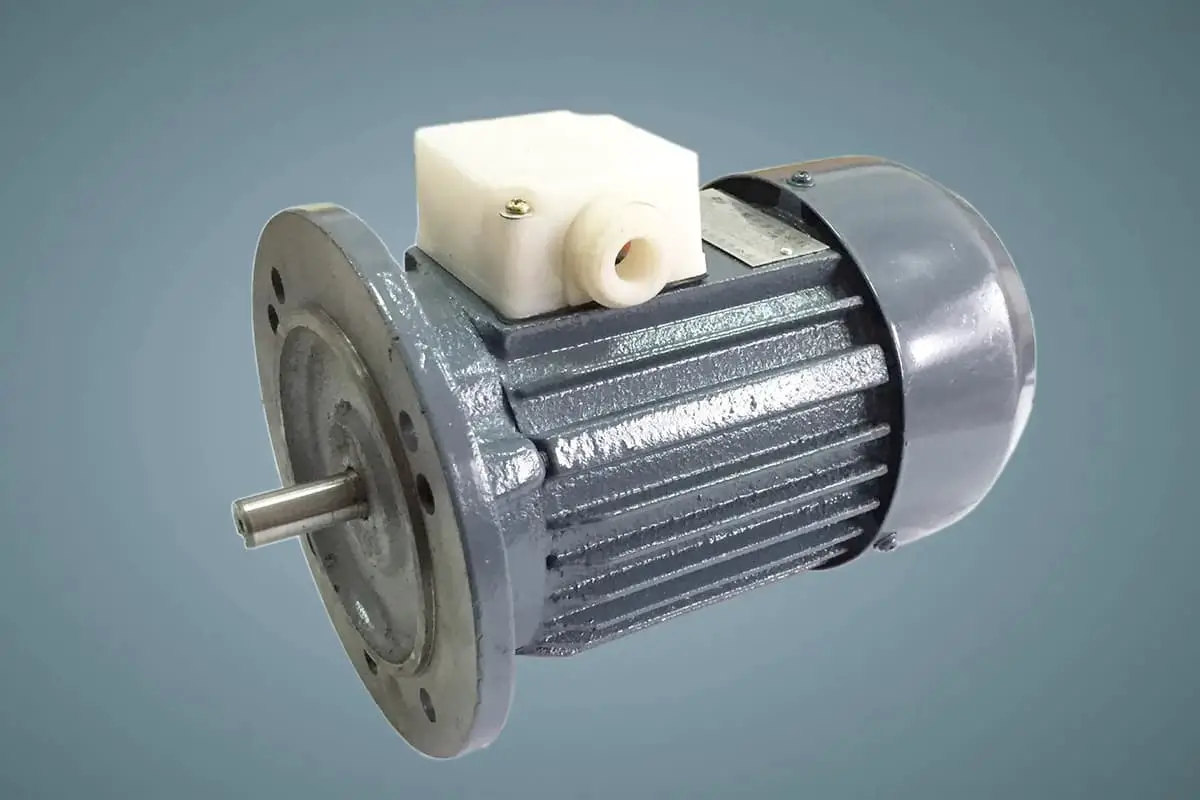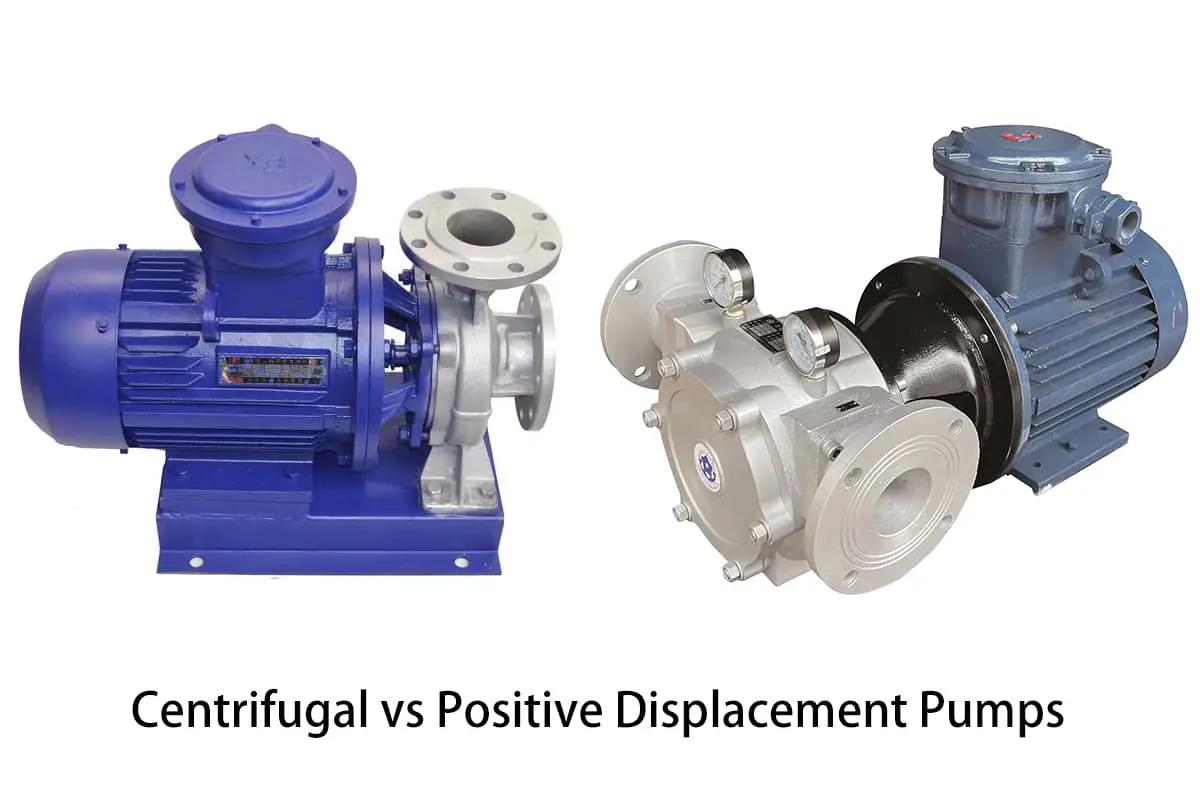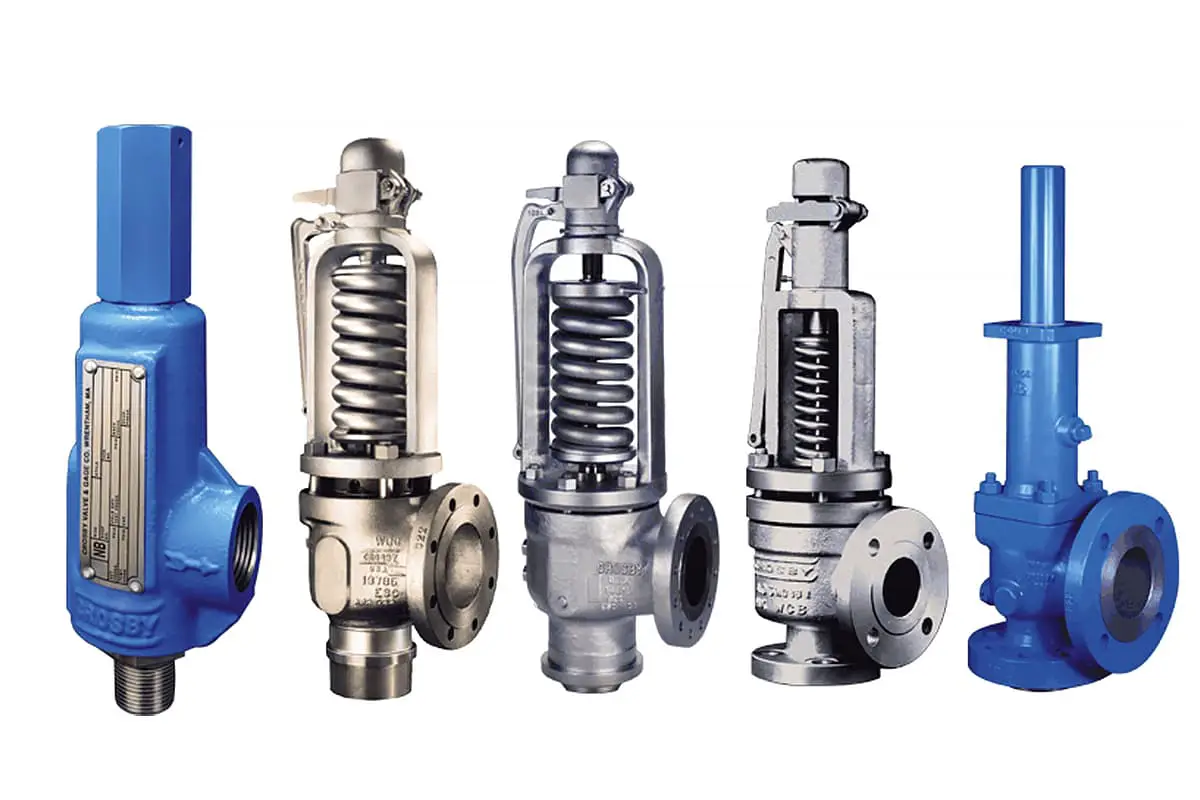
Selecting the right materials for mechanical parts is crucial for ensuring performance and durability. This process involves considering the working conditions, load requirements, and environmental factors the parts will face. Additionally, processability and cost-efficiency are key aspects that influence material choice. In this article, we explore the essential factors and guidelines for making informed decisions about material selection for various mechanical applications. Learn how to match material properties to specific needs and optimize your designs for longevity and efficiency.
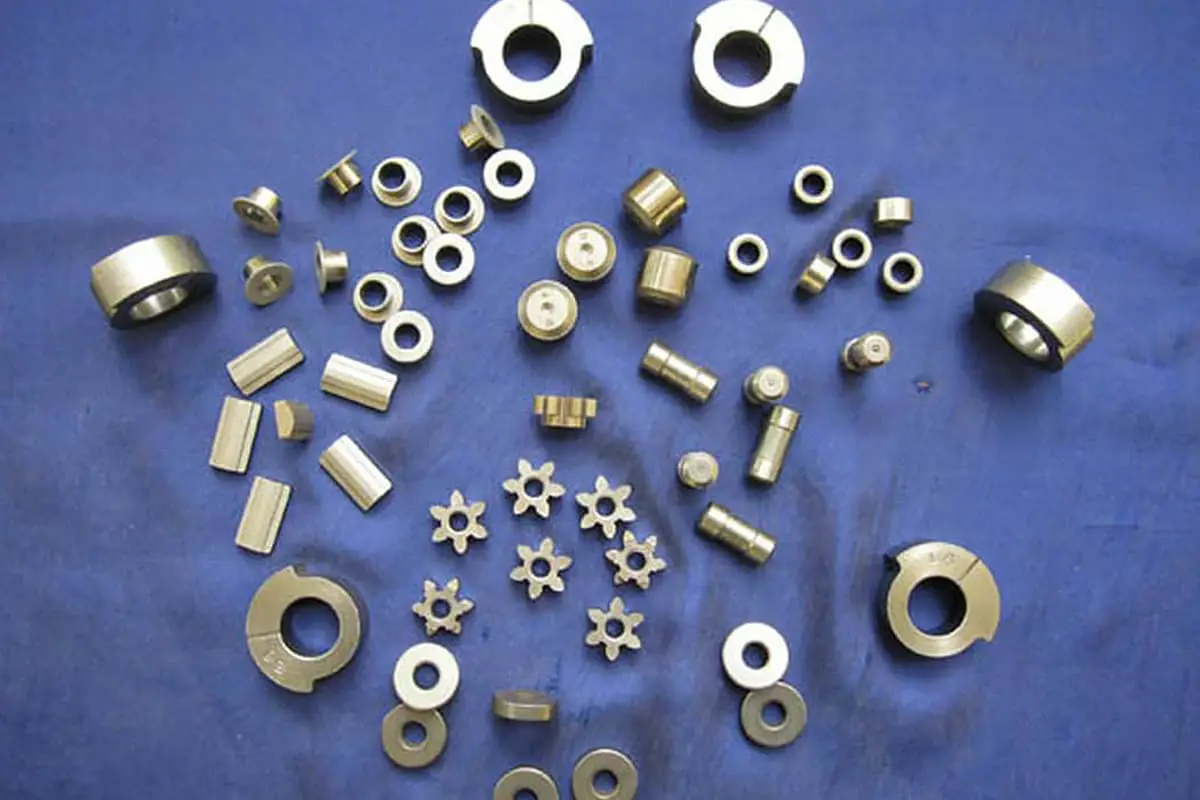
Choosing the material to be used from a variety of materials is a task constrained by various factors. Therefore, how to select the material for parts is an important part of parts design.
The principle of selecting materials for mechanical parts is that the required material should meet the usage requirements of the parts and have good processability and economy.

The usage requirements of mechanical parts are reflected in the following points:
1) The working conditions and load conditions of the parts, and the requirements put forward to avoid corresponding failure forms.
The working conditions refer to the environmental characteristics of the parts, working temperature, and the degree of friction and wear. For parts working in a humid and hot environment or corrosive medium, the material should have good rust and corrosion resistance.
In this case, stainless steel and copper alloys can be considered first.
The impact of the working temperature on the material selection mainly has two aspects: on the one hand, the linear expansion coefficients of the two parts that cooperate with each other should not differ too much, so as to avoid excessive thermal stress or loosen the cooperation when the temperature changes; on the other hand, the change of the mechanical properties of the material with temperature should also be considered.
For parts working under sliding friction, the surface hardness should be improved to enhance wear resistance. Materials suitable for surface treatment such as quenched steel, carburized steel, and nitrided steel should be selected, or materials with good friction reduction and wear resistance should be used.
The load condition refers to the size and nature of the load and stress on the parts.
In principle, brittle materials are only suitable for manufacturing parts working under static load; under impact, plastic materials should be mainly used; for parts with large contact stress on the surface, materials that can be surface treated should be selected, such as surface-hardened steel; for parts under deformation force, fatigue-resistant materials should be selected; for parts under impact load, materials with high impact toughness should be selected; for parts whose size depends on strength and whose size and weight are limited, materials with higher strength should be selected; for parts whose size depends on stiffness, materials with larger elastic modulus should be selected.
The performance of metal materials can generally be improved and improved through heat treatment. Therefore, the potential of materials should be fully utilized by means of heat treatment.
For the most commonly used tempered steel, blanks with different mechanical properties can be obtained due to different tempering temperatures. The higher the tempering temperature, the lower the hardness and stiffness of the material, and the better the plasticity.
Therefore, when selecting the variety of materials, the heat treatment specifications should be specified at the same time and indicated on the drawing.
2) Restrictions on the size and weight of the parts.
The size and weight of the parts are related to the type of material and the manufacturing method of the blank. When producing casting blanks, there is generally no restriction on the size and weight; when producing forging blanks, attention should be paid to the production capacity of forging machinery and equipment.
In addition, the size and weight of the parts are also related to the strength-to-weight ratio of the material. Materials with a large strength-to-weight ratio should be selected as much as possible to reduce the size and weight of the parts.
3) The importance of parts in the whole machine and components.
4) Other special requirements (such as whether insulation, anti-magnetic, etc. are required).
In order to make the parts easy to manufacture, the complexity of the part structure, the size, and the type of blank should be considered when selecting materials.
For parts with complex shapes and large sizes, if casting blanks are considered, materials with good casting performance should be selected; if welding blanks are considered, low carbon steel with good welding performance should be selected.
For parts with simple shapes, small sizes, and large quantities, they are suitable for stamping and die forging, and materials with good plasticity should be selected. For parts that need heat treatment, the material should have good heat treatment performance.
In addition, the ease of machining of the material itself and the ease of machining after heat treatment should also be considered.
1) The relative price of the material itself
Under the premise of meeting the usage requirements, materials with a lower price should be selected as much as possible. This is particularly important for parts manufactured in large quantities.
2) The processing cost of the material
When the quality of the parts is not large but the processing volume is large, the processing cost will occupy a large proportion of the total cost of the parts.
Although cast iron is cheaper than steel plate, for some single or small batch production of box-type parts, the cost of using cast iron is higher than that of using steel plate welding, because the latter can save the cost of mold manufacturing.
3) Save material
In order to save materials, heat treatment or surface strengthening (shot peening, rolling, etc.) can be used to fully utilize and exploit the potential mechanical properties of the materials; surface coating methods (chrome plating, copper plating, blackening, bluing, etc.) can also be used to reduce corrosion and wear, thereby extending the service life of the parts.
4) Material utilization
In order to improve the utilization of materials, non-cutting or less cutting processing can be used, such as die forging, precision casting, stamping, etc. This can not only improve the utilization of materials, but also reduce the working hours of cutting processing.
5) Save precious materials
By using a combination structure, more expensive materials can be saved. For example, the worm gear ring of the combination structure uses tin bronze, which has better friction reduction but is more expensive, while the wheel core uses cheaper cast iron.
6) Save rare materials
In this regard, manganese-boron series alloy steel, which is abundant in resources in our country, can be used to replace chromium-nickel series alloy steel, which is less in resources, and aluminum bronze can be used to replace tin bronze, etc.
7) The supply of materials
When selecting materials, materials that are locally available and easy to supply should be selected to reduce procurement, transportation, and storage costs; from the perspective of simplifying the supply and storage of material varieties, for small batch production parts, the variety and specifications of materials used on the same machine should be minimized as much as possible to simplify supply and management, and it is easier to grasp the most reasonable operation method in the process of processing and heat treatment, thereby improving the manufacturing quality, reducing waste products, and improving labor productivity.

